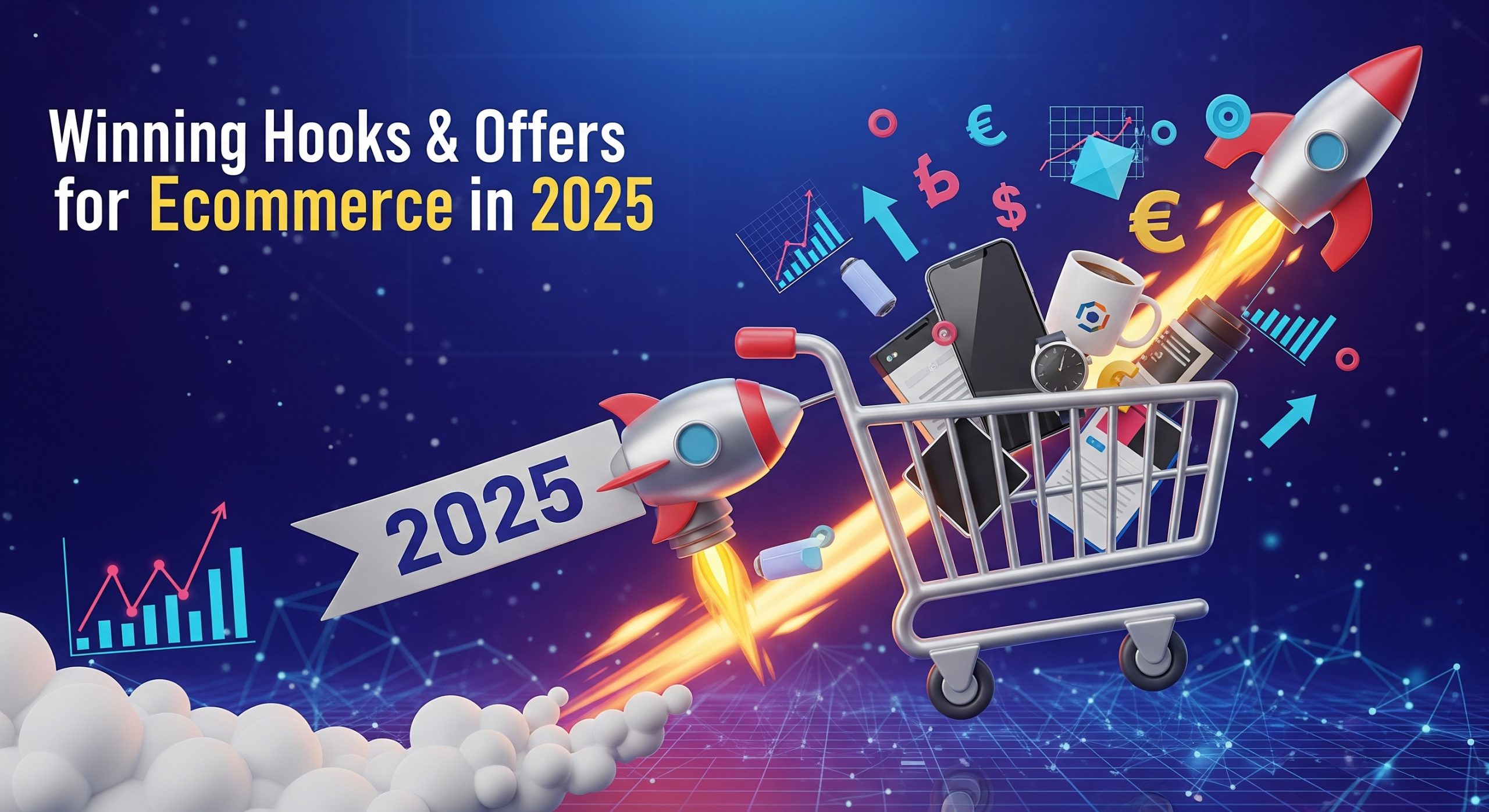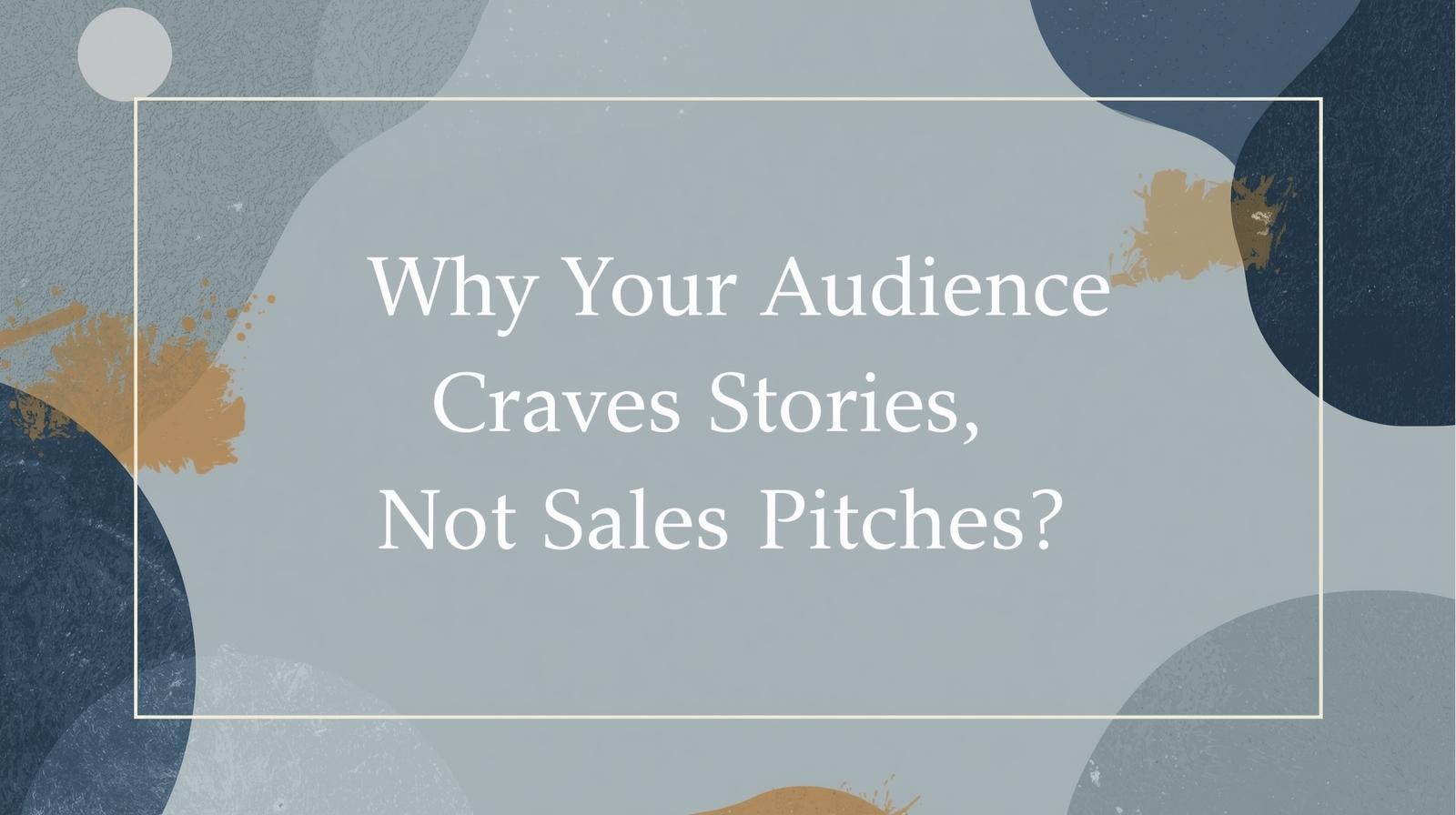In marketing, we have something called a “Hook”. What do you understand by it? Hooks are not only a fancy opener for a marketing campaign or a video. It is a carefully curated message that marketers design to grab the audience’s attention and keep them glued until the end.
The e-commerce industry is progressing immensely in 2025, but what it needs is some strategic support. Hooks and offers are the creative backbones for e-commerce success. Creative hooks create magic for customers and keep them glued to your content, while innovative offers attract customers to visit your website. Choosing the right digital marketing agency can help you bring your brand vision to life and create compelling campaigns that drive results.
In this article, we will see how winning hooks and offers can transform e-commerce businesses in 2025.
Let’s See How Winning Offers Can Improve Sales and Conversion for an E-commerce Business
E-commerce companies can leverage a combination of attractive discounts and offers at their disposal to improve customer experience and gain loyalty. Among consistently popular strategies to improve sales, there are loyalty programs, percentage off discounts, free shipping and BOGO offers.
Providing Percentage Off Discounts on Products
E-commerce businesses can provide discounts to customers by offering some percentage of a product, a category or the entire order. This helps customers build a card list and gives the benefit of a reduced amount.
Creating Buy One Get One Offers
BOGO offers can help customers gain extra value from their product. In this offer, E-commerce industries provide a free product upon the purchase of one. It not only entices users to shop more, but a good shopping experience also encourages loyalty.
Creating Flash Sales and Offering Cashback Incentives
E-commerce businesses can provide cashback incentives where they can give store credit or cashback value to customers to reward them after their purchase.
Alternatively, you can create flash sales to generate excitement among users. This strategy also creates urgency where brands offer discounts for a limited period.
Why Marketing Hooks Work So Well in Ecommerce?
Hooks are an essential part of the world of marketing and content creation. They are the magnet through which brands can hook customers to their content. Good and effective hooks spark emotions and generate curiosity in customers, all the while keeping them glued to their screens. Hooks create a psychological impact on customers’ minds, which is why they are highly effective in cutting through the noise and gaining traction.
A Hook doesn’t need to be in textual form. It can consist of visuals that have the capability of grabbing customers’ attention. Hooks can take any multimedia form; the goal is to leave a lasting impression in the customer’s mind.
Let’s see some categories and examples of great hooks that make e-commerce a success in 2025.
Your Hook Should Spark Curiosity
Humans tend to want to learn new things, understand and make sense of things around them. Some hooks evoke curiosity in people, such as those who provide intriguing information or raise questions. Such hooks compel users to find out more about the product, and it leads them right to your e-commerce website. For example, “I cannot believe I didn’t discover this earlier”, “No one is talking about this-”, etc.
Good Hooks Evoke Emotions in Viewers
E-commerce businesses should use attention-grabbing hooks that evoke emotions in viewers. For example, storytelling hooks can evoke positive or negative emotions in individuals. It can include empathy, surprise, joy, enthusiasm, nostalgia, criticism, etc.
Explore Hooks That Create Relatability
A relatable hook for an e-commerce business will help you find customers who resonate with your beliefs, experiences, and interests. For example, you can create simple hooks using relatable language that gives customers a reason to act.
For instance, create reliability by using UGC content as a “hook” and then elaborate on the experience of the user to gain traction from new potential customers. For example, “You will not believe what I found on this website”, “If you struggle with this problem, this product is for you”, etc.
Ecommerce businesses can share user-generated content showing unboxing videos of the product, customers’ experience of using the product, etc, to create more relatability.
Let’s Look at Some Action-Oriented Hooks to Drive Conversion
Action-driven hooks can typically begin with “this is your sign to finally purchase…” or “Here’s what you should do right now” or “Everyone is talking about this product, and you may be missing out”. Such hooks give the audience a clear reason to act instantly by driving interest and urgency.
To Sum Up
E-commerce businesses should create offers that resonate with their value proposition. The offers should evoke a sense of urgency or scarcity in the customer’s mind. You can share social proof and testimonials to share the experiences of other customers.
In the article, you saw some compelling hooks that spark curiosity in customers’ minds. E-commerce businesses need to create tailored marketing campaigns and advertisements that tell a story related to their brand. Storytelling brings customers closer as it creates relatability. You will need hooks that are action-oriented and can build trust with customers in your brand. VerveOnlineMarketing, a renowned social media marketing company in India, helps e-commerce businesses maintain a strong digital presence.
You can contact our marketers to drive more conversions and sales using compelling ad creatives and winning hooks.






